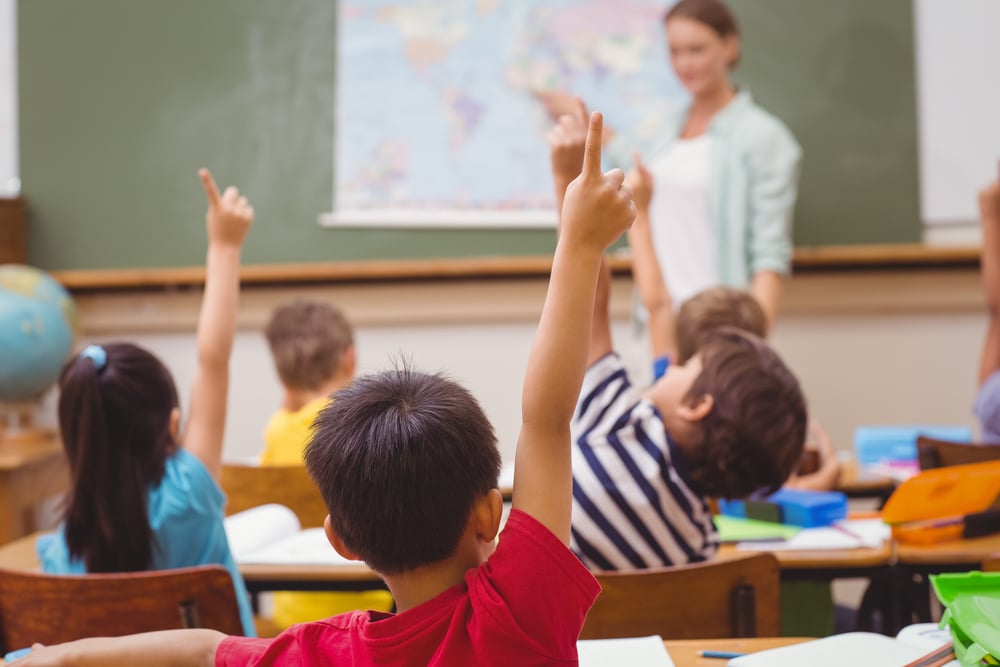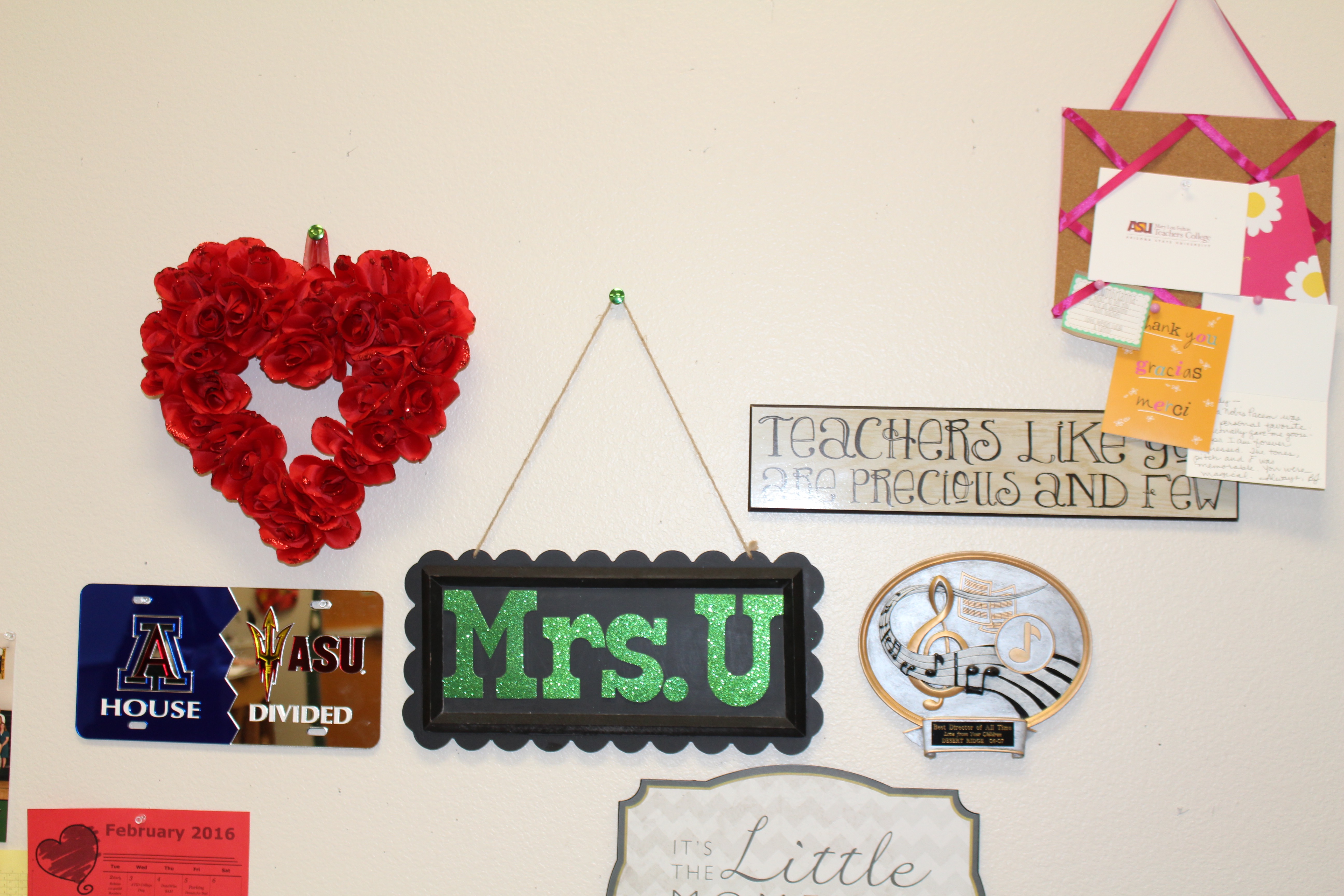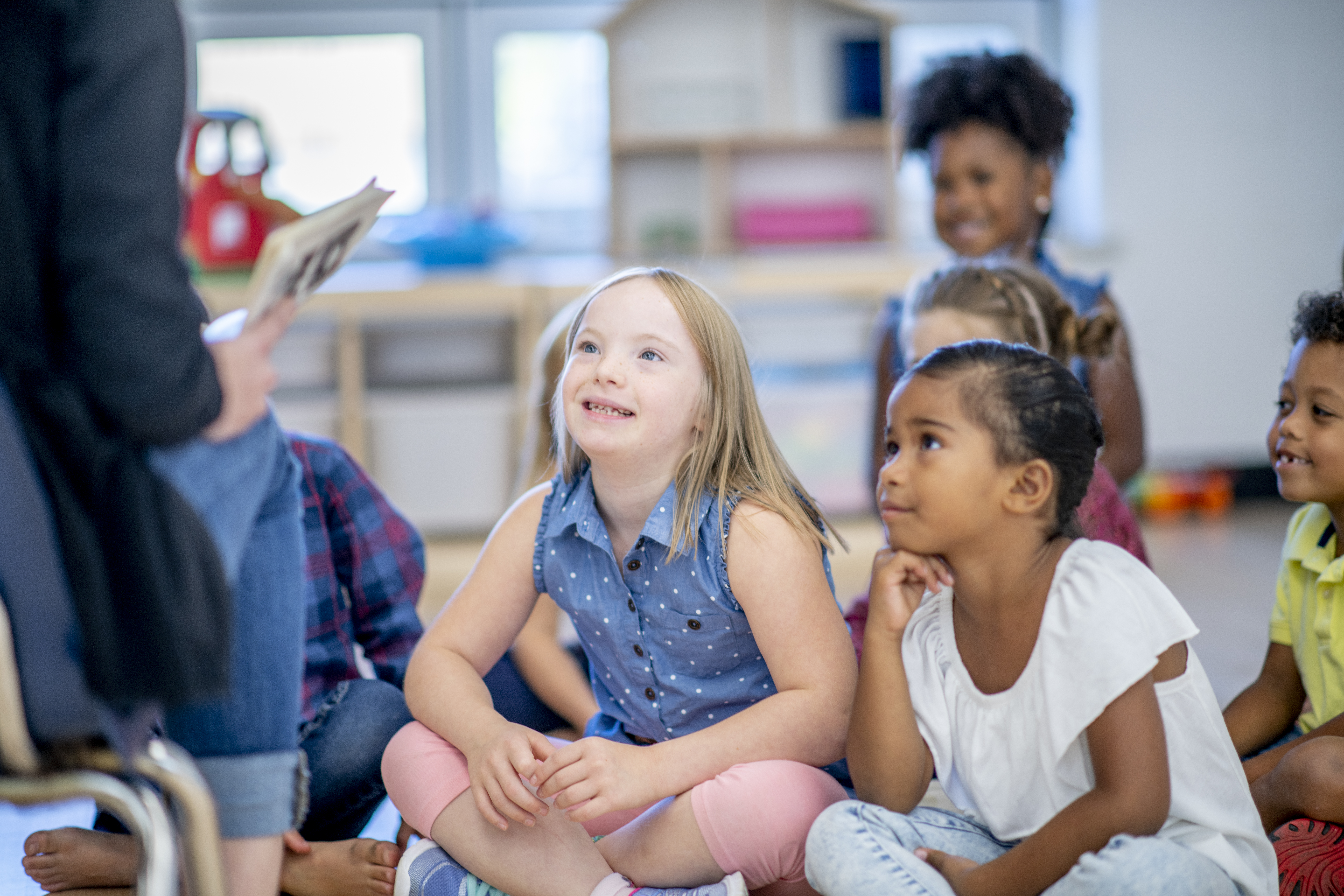The school year is ending, but the hard work remains as we enter the summer months.
Districts are preparing to address learning loss stemming from school closures caused by the coronavirus disease (COVID-19). The pandemic and subsequent shift to distance learning has altered how school districts delivered instruction this spring, and fears of an exacerbated summer slide are top of mind for educators and parents alike.
Research from NWEA suggests that the transition to remote learning in the 2019-2020 academic year–combined with expected summer learning loss for students across all grade levels–may result in major setbacks in student learning and academic achievement. Estimates predict that due to this "COVID slide," students will return in the fall with roughly 70 percent of learning gains in reading achievement relative to a typical school year. In mathematics, students are likely to return with less than 50 percent of learning gains.
As district leaders plan to support learning recovery over summer break and in the 2021-21 school year, fostering the life skills growth of both teachers and students will be a key element to closing achievement gaps and accelerating students' learning.
To elevate the voices of education leaders and break down silos that exist between districts, we recently hosted a webinar (watch the recording here) with a panel of experts who shared how their districts are identifying and responding to coronavirus learning loss.
Keep reading to hear their advice on developing re-entry plans and using data to guide high-quality instruction around reading skills, math skills, and life skills.
Download: Panorama Student Survey
Use assessment to guide curriculum and instruction
.png?width=127&name=circle-cropped%20(9).png)
Jenny Watson, Assistant Superintendent for Learning Support Services, Boone County Schools (KY)
Perception data is one way that we are prioritizing the whole child. As a district, we have embraced the process of asking questions about data. What is the purpose of this data? What does the data tell us or not tell us? A big part of how we are thinking about re-entering is really understanding how students and families are perceiving the current situation. What are students, teachers, staff, and parents saying about the service model of our delivery of instruction as a school district? [Tweet This]
There are a lot of unknowns right now and we don’t want to make assumptions. Through a systems perspective, we are looking at how to get data quickly about how our students have experienced trauma. We need to understand if it is going to dramatically impact students' learning going forward, or if it's the case where students just need normalcy and predictability to feel OK.
At the top of our district’s list is administering staff and student assessments to understand how people are feeling about the world right now. This will help us determine our next steps for academics. We have continued instruction, but we know that there are gaps. We need to identify what those are in a formative way to inform our educators’ instruction going forward.
.png?width=105&name=circle-cropped%20(7).png)
Molly Depasquale, Vice President, System Advising, Achievement Network
A guiding principle is to keep assessment close to instruction and, whenever possible, to use assessments to provide feedback for students and for families. [Tweet This]
Additionally, it is important to ask: “What are the questions that we need data to answer on a quarterly, monthly, and weekly basis?” Think expansively about data to accurately represent the extent to which students are engaging. This does not just have to be academic data; it could be life skills data, attendance data, or task and assignment completion data.
Especially for historically marginalized and low-income students, we need to regularly reflect on what the data is telling us about these students’ needs and what we can do to support them.
A strong instructional program that is coupled with access to grade-level content for students is the type of system that is going to accelerate student learning and academic progress.
Prioritize life skills learning in re-entry plans
.png?width=126&name=circle-cropped%20(8).png) Dr. William Blake, District of Columbia Public Schools
Dr. William Blake, District of Columbia Public Schools
We are framing the first six weeks of school around relationships, routines, and resilience. Our team (and district) wants to be very intentional when we are supporting schools to reopen to consider those three themes.
During the first few weeks of school and beyond, every adult should be very deliberate in focusing on building relationships with their students and with each other. Over these past 10 weeks, every student and every adult has been exposed to some form of trauma. With that, we have to be very intentional to repair that trauma by building effective, long-lasting, warm relationships. [Tweet This]
When it comes to routines, we have to try and get back to a space—whether it’s virtual or in-person—to create warm, safe, and predictable systems and structures to help our students get readjusted to school. What rituals can we put into place to cultivate that type of environment?
When it comes to resilience, we need to provide space for students and adults to heal. We have to heal from the trauma that we have experienced. How are we going to allow our students and the adults who serve them to do so?
.png?width=105&name=circle-cropped%20(9).png)
Learning is the core business of schools. You cannot separate the two. We care about the whole child and want to wrap our arms around the whole child so that learning can happen. [Tweet This]
.png?width=105&name=circle-cropped%20(7).png)
Molly Depasquale, Vice President, System Advising, Achievement Network
The role of a district leader is shifting and expanding, and all of that is happening in an environment in which things are incredibly uncertain. Navigating this uncertainty is going to require ruthless prioritization. Consider what your ‘student-centered’ goal is. What do you want to be true about how students feel in your schools and in your classrooms? What academic expectations are being set for them? What do you want to be your north star for your approach to instruction, assessments, community engagements, and communication?
Share plans for multiple pathways to reopening with partners and peers
.png?width=105&name=circle-cropped%20(9).png)
Jenny Watson, Assistant Superintendent for Learning Support Services, Boone County Schools (KY)
The book on How to Re-Enter School After a Global Pandemic has never been written before, and I think it’s so important that we share ideas and plans because we are all writing our own scripts.
Whether it be a virtual environment, a hybrid environment, or an in-person environment, we know that normalcy, predictability, and routines are strategies that children specifically respond well to.
No matter the environment, all students should be exposed to a rigorous, equitable, accessible, and relevant learning experience. We have really worked to define what that looks like as a system, and regardless of the instructional model that we go with this fall, we want to continue to keep the same high expectations and empower our educators to explore what a rigorous, equitable, accessible, and relevant learning experience means for their situation.
.png?width=105&name=circle-cropped%20(7).png)
Molly Depasquale, Vice President, System Advising, Achievement Network
This is not only a new challenge; it is a behemoth of a challenge for districts. We need to underscore that and stress the need to find supports. Really lean on supportive partners. I see education leaders a little bit siloed in their solutions and not connecting with one another.
One underutilized connection is with publishers. Districts are working so hard to record lessons from scratch and transfer resources into Google Classroom. That is a herculean lift. We are in a position where as a group of instructional leaders, we need to put more pressure on the folks who are providing the materials and instructional materials. Lay out your needs and make sure it’s clear what you need for next year. Districts can leverage resources and coordinate more by drawing upon the expertise of publishers.
This can free up educators to do the tricky work of building those relationships and connecting with students to show that they care, which can often get lost when they are trying to take a curriculum that wasn’t designed to be delivered virtually and doing the work of converting it themselves.
Identify specific strategies and activities for balancing life skills with academic content
.png?width=126&name=circle-cropped%20(8).png) Dr. William Blake, District of Columbia Public Schools
Dr. William Blake, District of Columbia Public Schools
In all schools in our district, we are committing to build the capacity of every educator and staff member to ensure that they have the tools for greeting every student with positive language daily. We are looking at what some strategies could look like—whether it is standing at the door of a classroom and greeting students with specific language, or logging onto a virtual class a few minutes early to interact with students.
Another example of life skills learning activity is to conduct a virtual temperature check at the beginning of class. Start with some type of community building activity and ask students to share their internal weather forecast for the day.
We want to establish calm, safe, and predictable routines. What do those look and sound like? What are classroom transitions going to look and sound like? How are you going to engage students who need to have their behavior redirected in a virtual space?
Finally, our team is collaborating with the Office of Teaching and Learning to identify a back-to-school ‘cornerstone’ that can take place across all classrooms. For example, for our K-3 elementary school scholars, how can we teach the impact of COVID-19 and recent racial incidents and allow them to share their experiences? How can we scaffold that work based on grade-level? We are working hard to finalize an instructional lesson that can be delivered across all classrooms, with a focus on integrating life skills competencies within current events.
.png?width=105&name=circle-cropped%20(7).png)
Molly Depasquale, Vice President, System Advising, Achievement Network
There are ways that we can connect life skills to academics. We can set up our core academic approach in ways that better attend to students’ life and wellness needs. Are virtual lessons engaging enough to keep students coming back?
The schools that we have seen with the best attendance for distance learning—regardless of demographic—are the schools that are prioritizing engaging lessons that make students excited to show up, whether it’s synchronous or asynchronous. The process of captivating your audience is even more important now.
Culturally responsive teaching practices are also more important than ever. What are culturally responsive pedagogical practices that can strengthen our approach to distance learning? When you think about the types of texts that students are reading, do they provide windows and mirrors for students to both see themselves as well as learn about other cultures and experiences?







